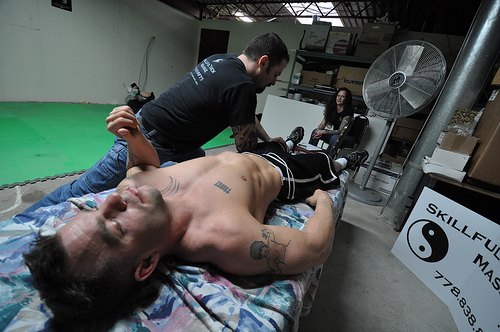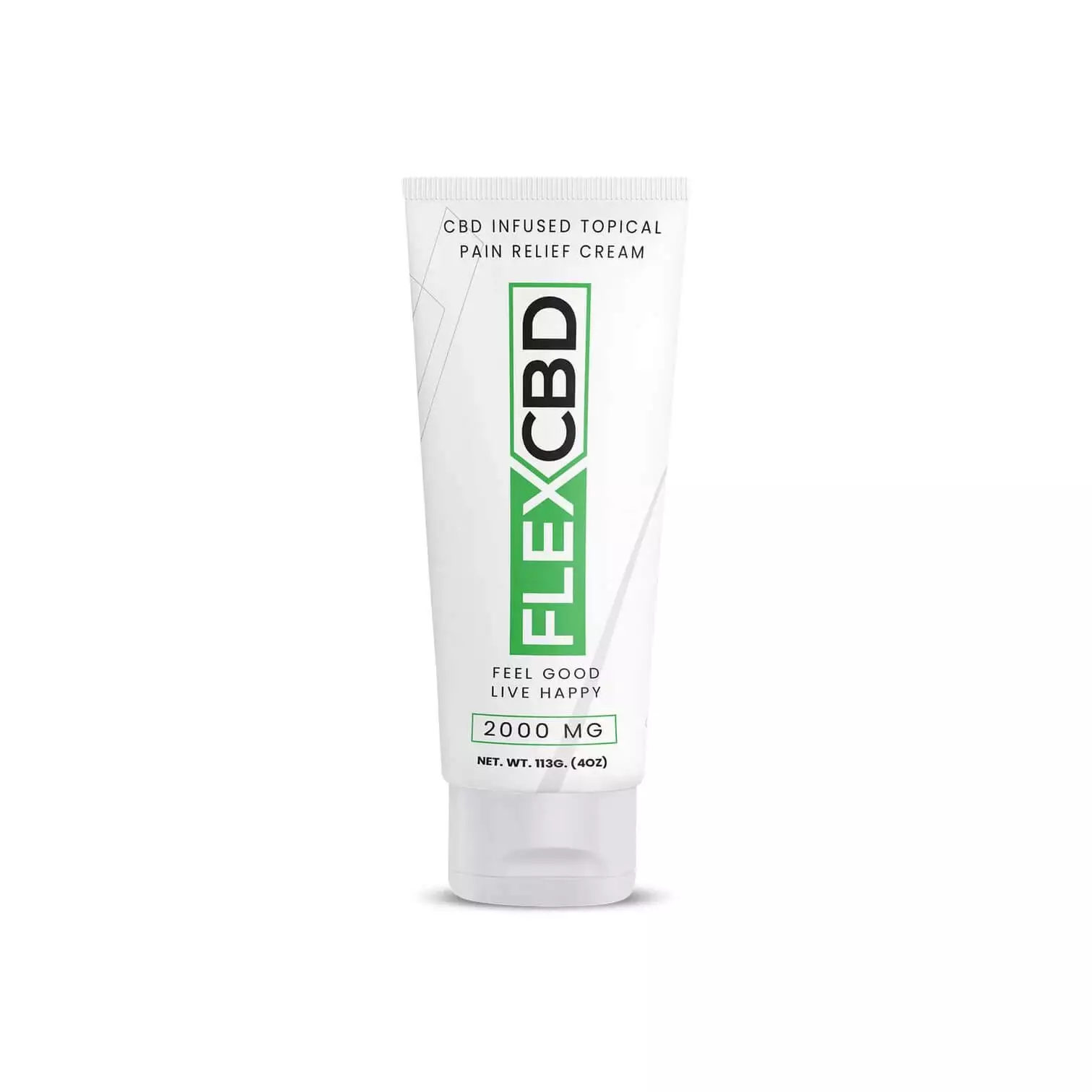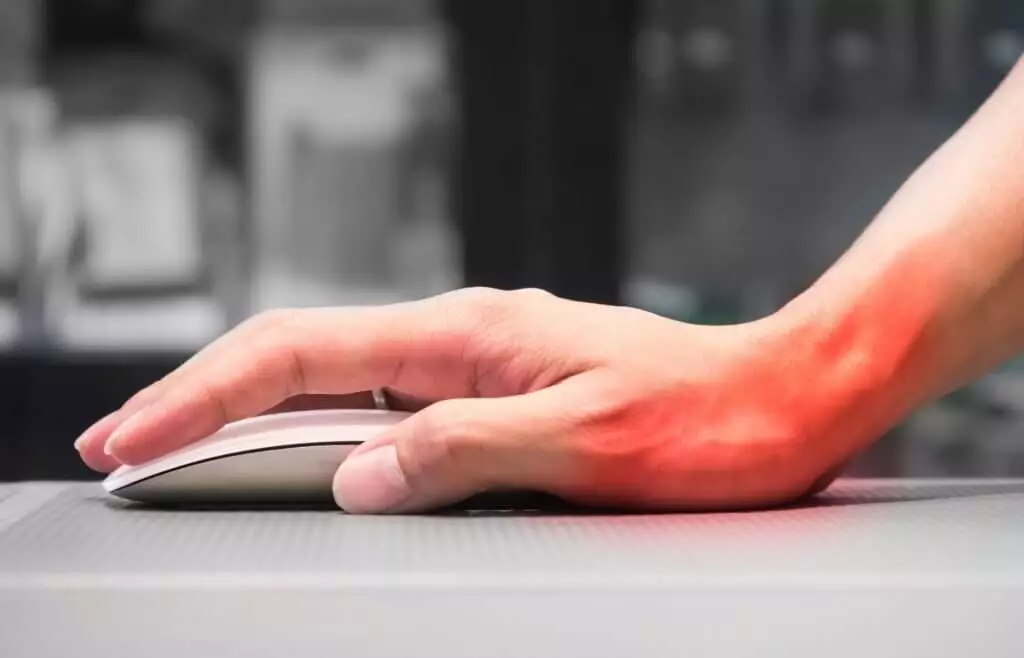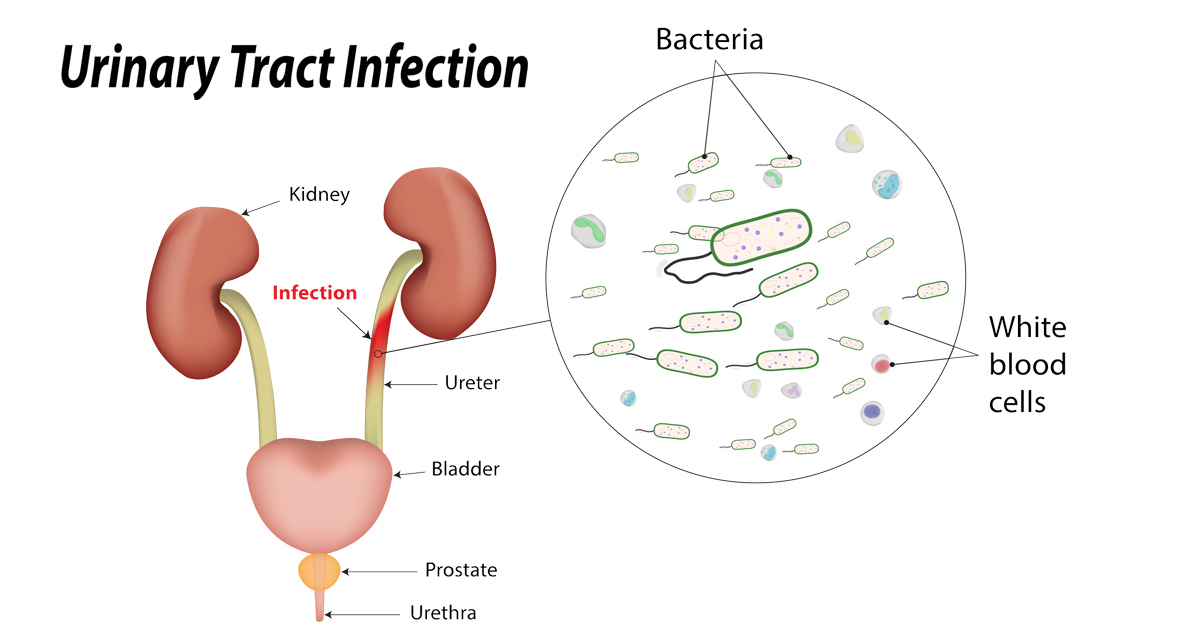While you may associate tendinitis with burning and general pain in an affected area, along with a decrease in flexibility and strength, tendinosis is the main culprit of these symptoms.
This is why it’s important to understand the difference between these two conditions, for both patients and medical professionals.
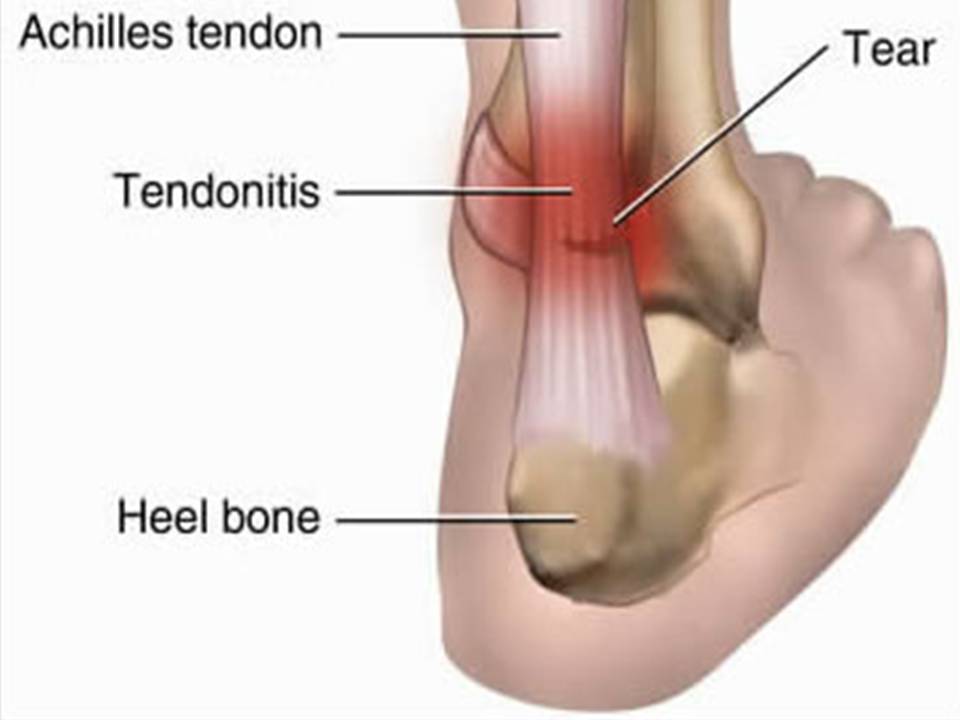
What is Tendinitis?
Tendinitis occurs when a tendon is inflamed as a result of micro-tears that take place when a tendon is strained by heavy or sudden lifting, or another form of overexertion.
Tendinitis is commonly diagnosed, but in many cases this condition could be confused with tendinosis, which is equally common.
How Tendinosis Differs from Tendinitis
Tendinosis entails the degeneration of the collagen in the tendon due to chronic overuse, without a chance for the tendon to rest and take time to heal. These repetitive strain injuries result in tendinosis, rather than tendinitis, and can include even smaller actions such as clicking a mouse.
Many individuals are likely to confuse these two conditions because of their subtle differences.
For instance, the condition known as “tennis elbow” is normally diagnosed as tendinitis affecting the extensor carpi radialis brevis, but without any signs of inflammation the injury doesn’t qualify as tendinitis. Instead, this condition is actually a result of tendinosis.
Tendinosis essentially involves the dulling of tendon’s color along with an increase in the bulk of the tendon while reducing its strength. This could eventually lead to secondary conditions such as tendinitis.
Treatment for Tendinitis and Tendinosis
While the two conditions are somewhat different in nature, they share many of the same treatments and self-care recommendations. These include:
Rest
One of the best ways to heal from tendon injuries of any kind is to rest. Try to avoid strenuous work tasks that might add more strain to the injury, and take breaks for more repetitive actions.
Make Adjustments to Biomechanics and Ergonomics
Making small changes can significantly help with the healing process. For example, if you have tendinitis of the wrist, you can adjust your computer keyboard and typing habit to make sure your wrists remain in a more neutral position, and cashiers can practice hitting cash register keys more gently.
Physical therapists can also make recommendations for how to adjust your biomechanics to accommodate for your injury.
Stretch & Maintain Consistent Movement
Light stretches and constant yet easy movement are other ways to speed up the healing process.
Doing so can further increase circulation and stretch the muscle-tendon unit to reduce tension throughout physical activity and help prevent the chemical changes resulting in degeneration of the tendon.
Massage the Area
Massaging is another way to stimulate circulation and accelerate the healing process, but it’s important to make sure that the massaging is done more rigorously and thoroughly to encourage cell activity and prevent degeneration.
These treatments will work in many cases for both tendinitis and tendinosis, but they may be more effective for the latter than the former.
The best way to learn whether or not you have tendinitis or tendinosis is to consult with a physician who can make the right diagnosis and recommend the right treatment.

Herry a man of many talents and interests. He has been writing on health for years and his blog covers everything from diet to natural remedies, fitness, and more. He loves learning about new things like supplements like turmeric, probiotics, green tea extract, protein powders etc., because he wants to give his readers the latest information they need in order to make healthy decisions for themselves or their loved ones.

